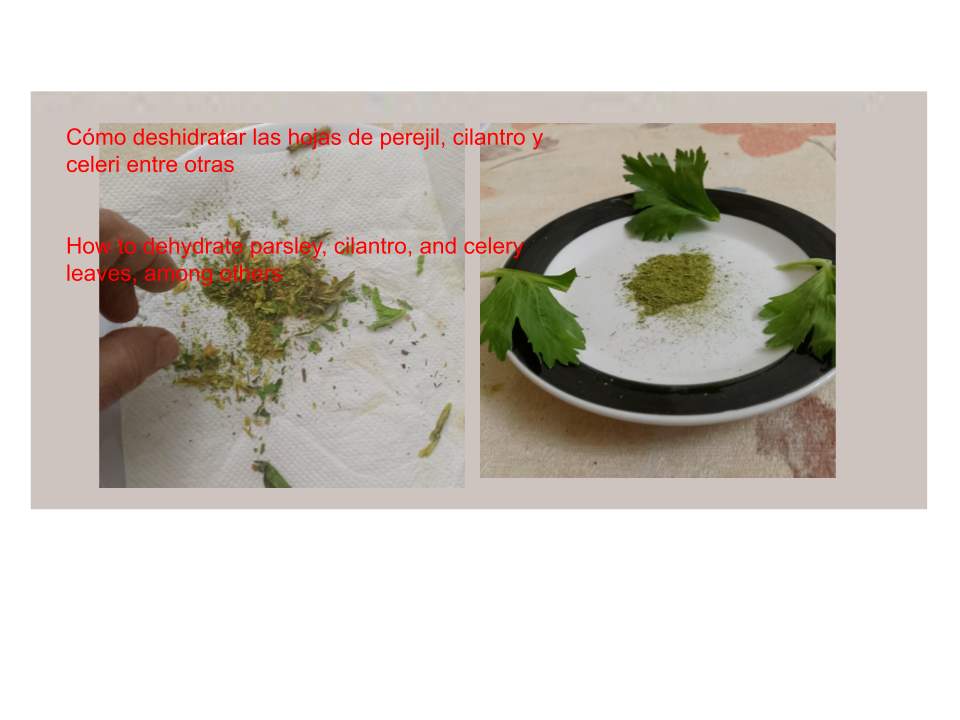.png)
# EN ESPAÑOL:
Hola amigos, feliz inicio de semana, hoy les quiero mostrar la forma de deshidratar las hojas de perejil y el celeri en tan solo 30 segundos, para luego convertirlo en un polvo casero y de esta manera, tener siempre estos condimentos secos en la cocina.
Bueno mis amigos, generalmente cuando compramos los manojos de perejil, celeri o cilantro, siempre a los pocos días suelen marchitarse algunas hojas, que al final las desechamos porque se dañan, lo cual representa una perdida económica para nuestro bolsillo, una perdida que podemos evitar si aprovechamos esas hojas amarillentas y las deshidratamos antes que se dañen, e incluso, también podemos deshidratar las hojas recién compradas es decir, "verdes" con la finalidad de conservarlas secas en forma de polvo y las guardamos en frascos, de esta manera tendremos siempre estos condimentos cerca de la cocina.
# Como deshidratar las hojas de perejil, cilantro y celeri, entre otras
Hoy les voy a mostrar un método sencillo, fácil y rápido para deshidratar las hojas de aquellas plantas aromáticas, que comúnmente utilizamos como condimento en la cocina como el perejil, cilantro, celeri entre otras, este método consiste en colocar las hojas de dichas plantas sobre un papel de servilleta y luego la envolvemos con un pedazo de papel grueso, en este caso yo acostumbro a usar el papel de los empaque de harina, como el que podrán ver más adelante en las imágenes, después de envolver las hojas, las introducimos en el microondas por un tiempo de 30 segundos, en este tiempo las hojas deberían estar secas y crujientes lo que permitirá triturarlas con la mano hasta convertirlas en polvo, por otra parte, les aconsejo no introducir aquellos tallos gruesos porque contienen mucho liquido, así que, lo más recomendable es utilizar las hojas sueltas o una rama con tallos delgados.
## Para esta demostración, utilizaré unas hojas de celeri:
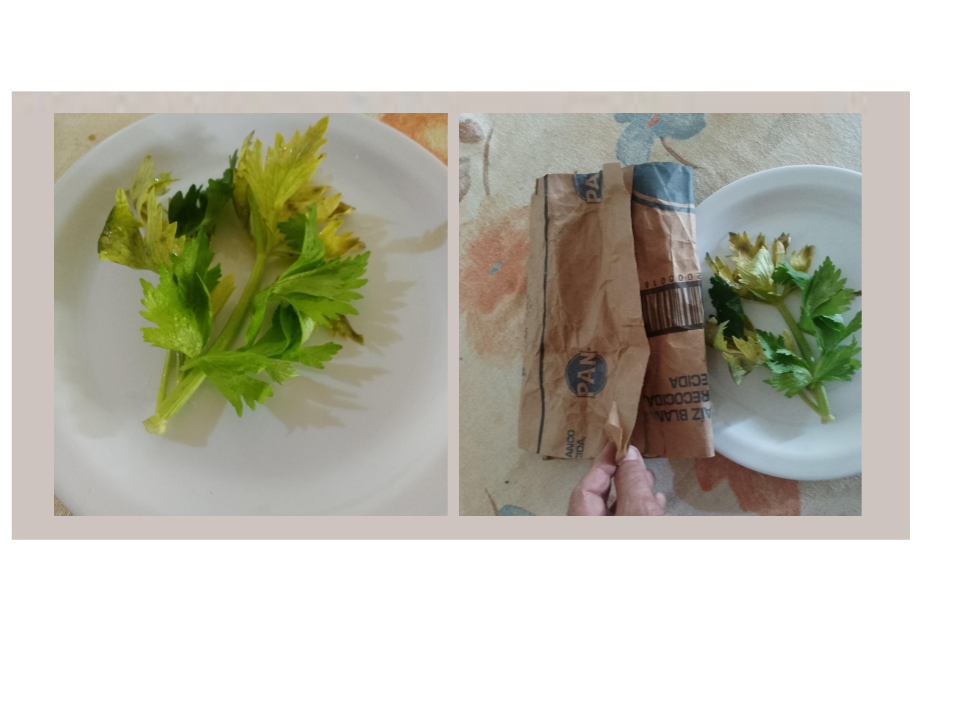.png)
### Proceso para la deshidratación de hojas de plantas aromáticas
- Colocar las hojas sobre un pedazo de servilleta, procurando que las hojas queden bien distribuidas para que no queden amontonadas, luego las envolvemos si es necesario podemos usar otra servilleta, la idea es que queden totalmente envueltas con el papel de servilleta, dicho papel servirá para absorber cualquier líquido que salgan de las hojas o de los tallos:
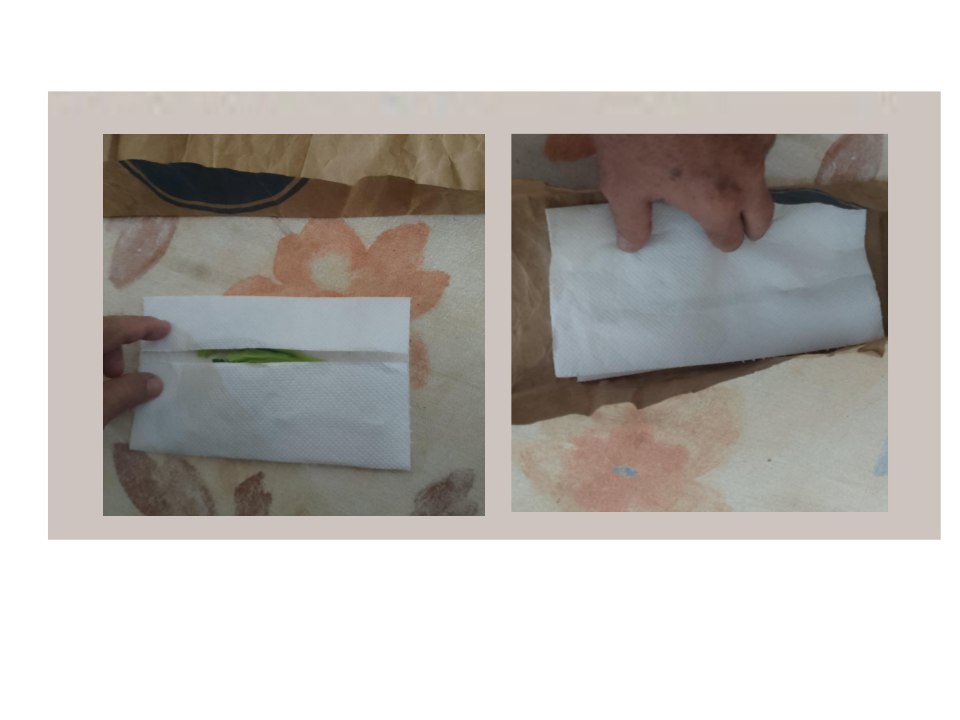.png)
- Ahora colocaremos las hojas que están envueltas con las servilletas sobre el papel grueso, este papel es el que se usa para envasar la harina, que es similar al cartón, así que forramos el empaque de las servilletas con este papel:
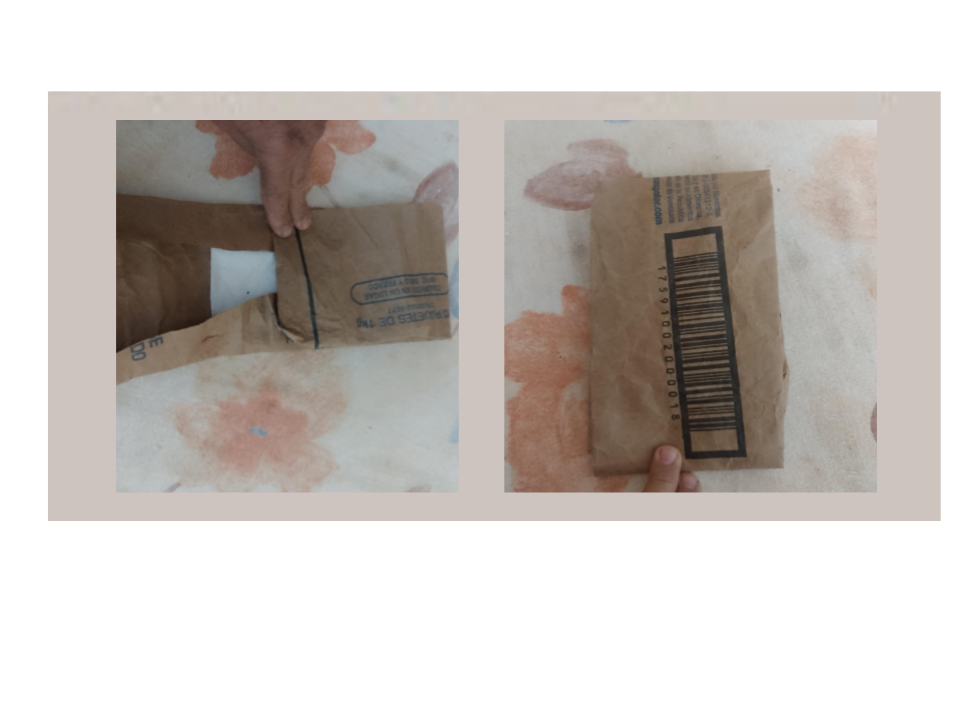.png)
- En el siguiente paso, vamos a introducir el paquete con las hojas de celeri dentro del microondas por 30 segundos, tiempo que es suficiente para que las hojas queden bien deshidratadas y crujientes, quizás el tallo no quede así, aunque esto dependerá del grosor de los tallos, por esta razón les decía, que si vamos a deshidratar una rama con sus hojas debemos escoger ramas con tallos delgados, o sino, utilizamos solo las hojas y listo:
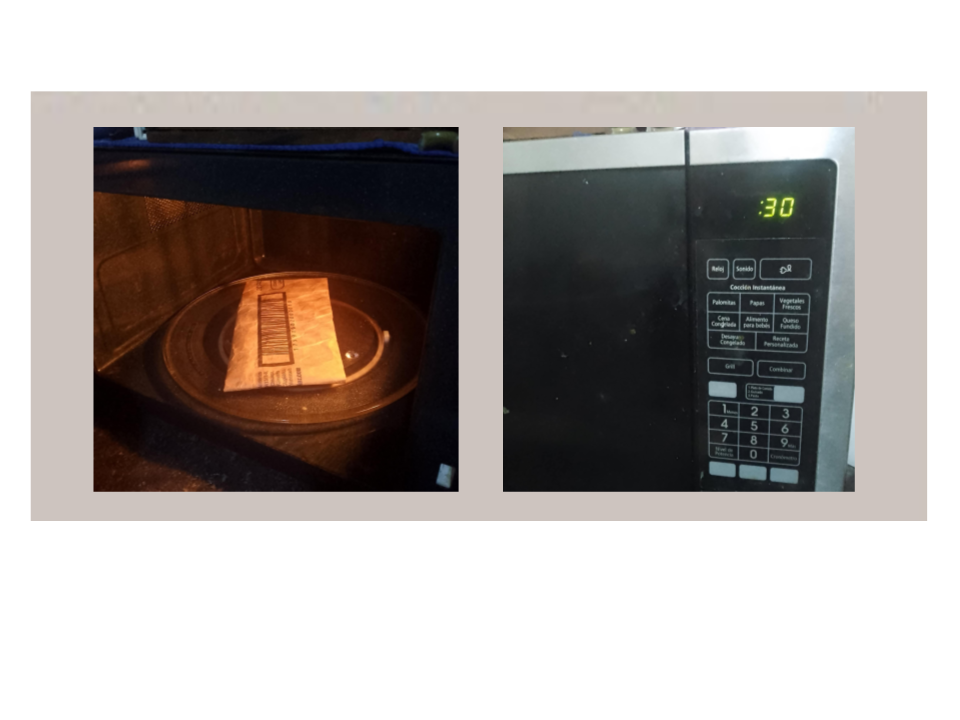.png)
#### Bueno amigos, después de haber transcurrido el tiempo de 30 segundos, saque el paquete del microondas y al abrirlo me sorprendí al ver las hojas bastante secas y lo bueno es que conservaban su color y su aroma, fíjense, que tuve que agarrar las hojas con cuidado para que no se rompieran, porque estaban super tostadas, miren esto:
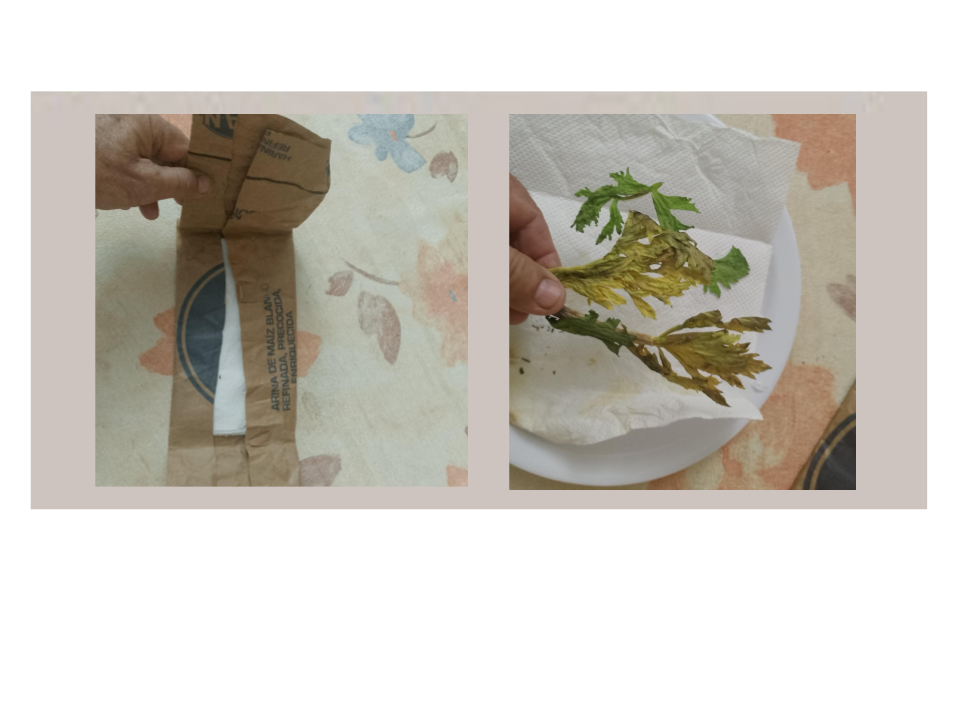.png)
## Voy a triturar con la mano las hojas deshidratadas de celeri:
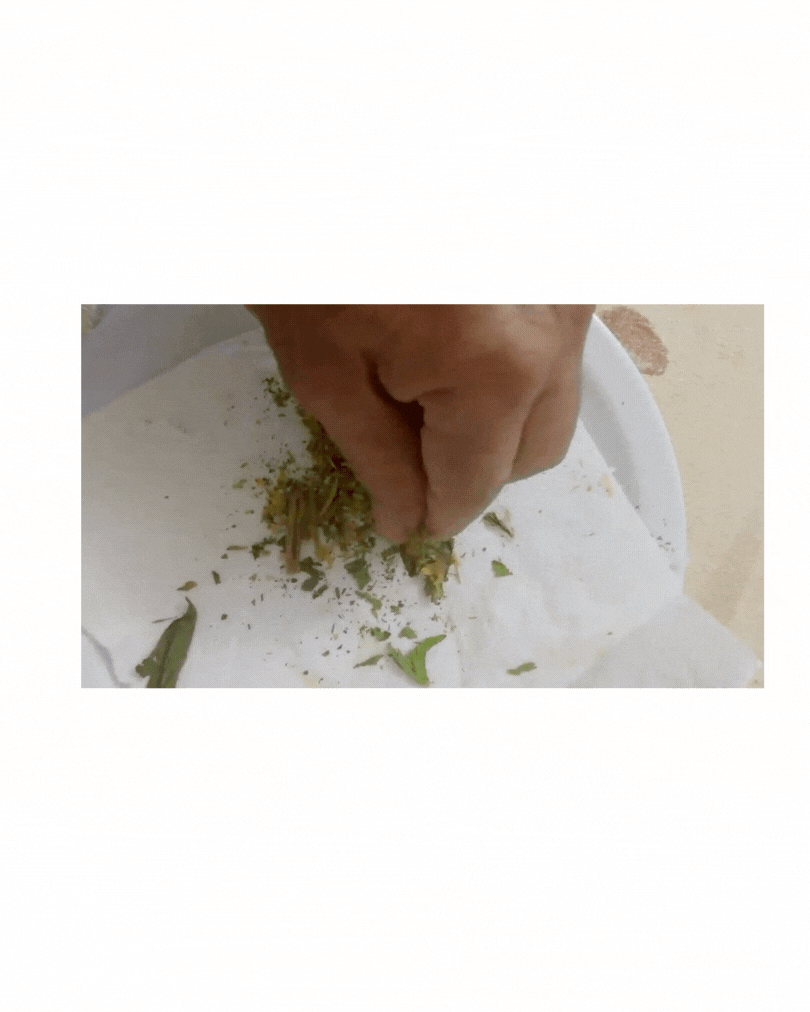.gif)
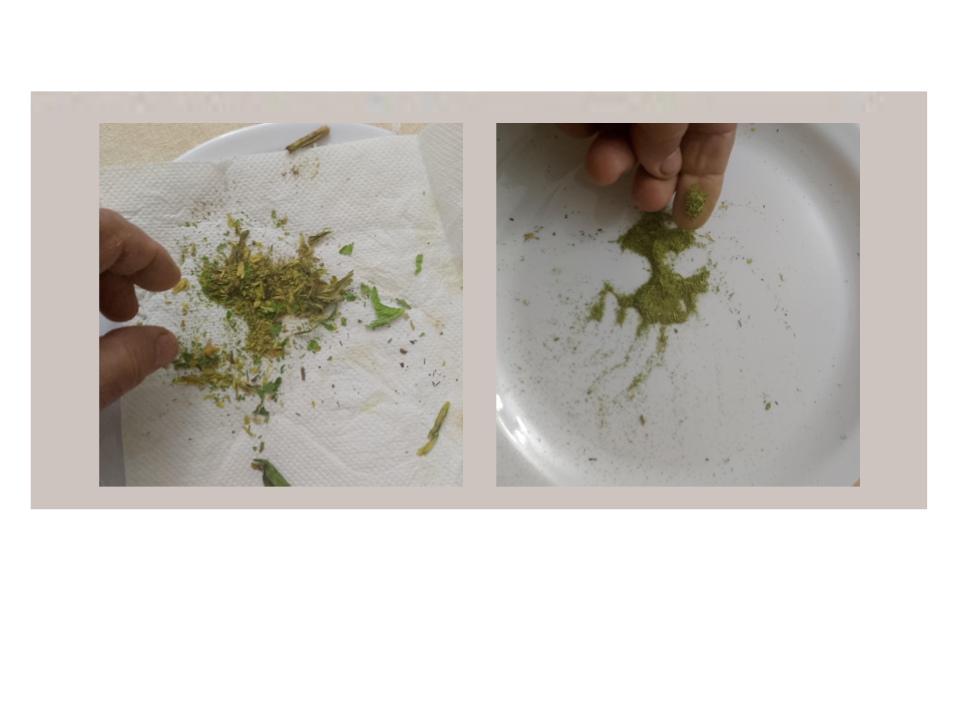.png)
# ¿Qué les parece?
Bueno amigos, si aprendemos a deshidratar las hojas de las plantas aromáticas que usamos como condimentos, estoy seguro que evitaremos los desperdicios, porque cada hoja que tiramos a la basura, quizás para algunos no cuestan nada, pero a la larga representan un costo al bolsillo el cual tenemos que evitar, así que aprovechemos al máximo nuestras hojas aromáticas, cuando vean que se están poniendo amarillas, no las desechen, deshidrátenlas y conviértelas en un polvo para condimentar tus comidas.
## Saludos, Dios los bendiga, hasta otra oportunidad..........
.

# IN ENGLISH:
Hello friends, happy new week! Today I want to show you how to dehydrate parsley and celery leaves in just 30 seconds, then turn them into a homemade powder so you can always have these dried condiments in your kitchen.
Well my friends, generally when we buy bunches of parsley, celery or cilantro, some leaves usually wilt after a few days, and in the end we throw them away because they are damaged, which represents an economic loss for our pocket, a loss that we can avoid if we take advantage of those yellowish leaves and dehydrate them before they get damaged, and we can even dehydrate the newly purchased leaves, that is, "green" ones, in order to preserve the dry ones in powder form and store them in jars, in this way we will always have these condiments near the kitchen.
# How to Dehydrate Parsley, Cilantro, and Celery Leaves, Among Others
Today I'm going to show you a simple, easy, and quick method for dehydrating the leaves of those aromatic plants commonly used as seasoning in the kitchen, such as parsley, cilantro, and celery, among others. This method consists of placing the leaves of these plants on a paper napkin and then wrapping them in a piece of thick paper. In this case, I usually use the paper from flour packaging, like the one you can see in the images below. After wrapping the leaves, place them in the microwave for 30 seconds. By this time, the leaves should be dry and crisp, allowing you to grind them by hand into a powder. I advise against adding thick stems because they contain a lot of liquid. It's best to use loose leaves or a branch with thin stems.
## For this demonstration, I'll be using some celery leaves:
.png)
### Process for dehydrating aromatic plant leaves
- Place the leaves on a piece of napkin, making sure they are evenly distributed so they are not stacked. Then wrap them up. If necessary, you can use another napkin. The idea is to completely wrap them in the napkin paper. This paper will absorb any liquid that comes out of the leaves or stems:
.png)
- Now we will place the leaves that are wrapped with the napkins on the thick paper, this paper is the one used to package flour, which is similar to cardboard, so we cover the napkin packaging with this paper:
.png)
- In the next step, we are going to put the package with the celeri leaves in the microwave for 30 seconds, which is enough time for the leaves to be well dehydrated and crispy, perhaps the stem will not be like this, although this will depend on the thickness of the stems, for this reason I was telling you, that if we are going to dehydrate a branch with its leaves we must choose branches with thin stems, or else, we use only the leaves and that's it:
.png)
#### Well friends, after 30 seconds had passed, I took the package out of the microwave and when I opened it I was surprised to see the leaves were quite dry and the good thing is that they kept their color and aroma, notice, I had to grab the leaves carefully so they wouldn't break, because they were super toasted, look at this:
.png)
## I'm going to crush the dehydrated celery leaves by hand:
.gif)
.png)
# What do you think?
Well, friends, if we learn how to dehydrate the leaves of the aromatic plants we use as seasonings, I'm sure we'll avoid waste. Every leaf we throw away—maybe two or three damaged leaves—is worthless, but in the long run, they represent a cost to our pockets that we need to avoid. So, let's make the most of our aromatic leaves. When you see them turning yellow, don't throw them away; dehydrate them and turn them into a powder to season your meals.
### Best regards, God bless, until another time...
Cómo deshidratar las hojas de perejil, cilantro y celeri entre otras // How to dehydrate parsley, cilantro, and celery leaves, among others [ESP-ENG]
@oscarcede
· 2025-08-11 11:34
· hive-108539
#homesolutions
#spanish
#neoxian
#ocdb
#home
#edu-venezuela
Payout: 0.000 HBD
Votes: 830
More interactions (upvote, reblog, reply) coming soon.